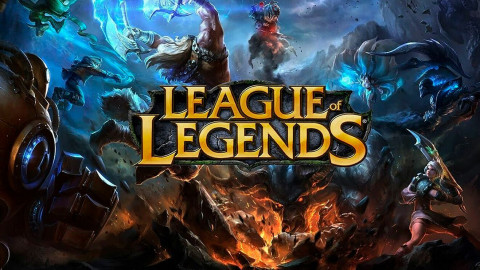
VALORANT vs. CSGO has long been a topic of conversation, with many fans of the former saying it’s only a matter of time before it overtakes Valve's shooter. The veracity of that claim is yet to be proven, outside of North America, where most orgs have already ditched CSGO for the shiny baubles of another potential franchise league, but the weekend did give us a look at the power of Riot’s new shooter.
According to Esports Charts, VALORANT’s VCT Masters Berlin peaked at 808K viewers on Sunday across its streams, during the G2 Esports vs. Sentinels group stage match (2-1 in SEN's favor).
By comparison, a peak of 758K watched the finals of ESL Pro League 14 where Na’Vi took on Team Vitality in a game not just for the tournament title, but also for the $1M Intel Grand Slam prize money bonus. The series also featured two of the greatest CSGO talents going head-to-head, with Oleksandr "s1mple" Kostyliev and Mathieu "ZywOo" Herbaut facing off in a game played out online due to COVID restrictions.

Contextualizing CSGO vs. VALORANT viewership
The fact that VCT Masters outstripped viewers for ESL’s Pro League Final with nothing more than a group game is an impressive achievement for the organizers, as is running a LAN in these difficult times. On the other hand, there were myriad differences between the two events that make the comparison a little misleading, although overall it should still be a wake-up call for Valve and anyone invested in the future of CSGO.
Aside from the LAN vs. online comparison, Riot Games have worked hard to help the game grow, giving community stream permissions to massive names like Michael "shroud" Grzesiek, who was pulling close to 100K at times during the SEN vs. G2 game. At the same time, the ESL Pro League Finals was available on one platform only, and with no co-streams.
Valve's passivity a major concern for CSGO
All of that comes back to Valve's failure to really push or promote a game that has for long been considered the best shooter around. The official CSGO account made a grand total of two tweets drawing attention to the clash between the "Messi and Ronaldo" of the modern game, and the $1M on the line was provided by Intel, a third party, rather than the publishers of the game itself.
There are other factors that go into the differing viewing figures, like the effort made by orgs like G2 to promote the game, but many of these can be traced back to Valve and their lack of connection to the pro scene. In some respects, it is almost remarkable that an online match can compete with a heavily promoted game like VALORANT, but the reality is the tide is not in CSGO’s favor, and time will only see this trend continue if Valve don’t start to properly support their game.
If Valve continues to do the bare minimum, it looks as though VALORANT has enough to bury CSGO in the long run, as teams are lured across by better publisher support and more robust long-term finances. The story of Valve being terrible at supporting their games is an old one, but the new threat has created a new level of urgency they haven’t faced previously, and if CSGO does end up relegated to the lower tiers while VALORANT takes its place, the finger of blame will rightly be pointed squarely at the publishers for their failure to act in a timely fashion.
Sort by:
Comments :0






